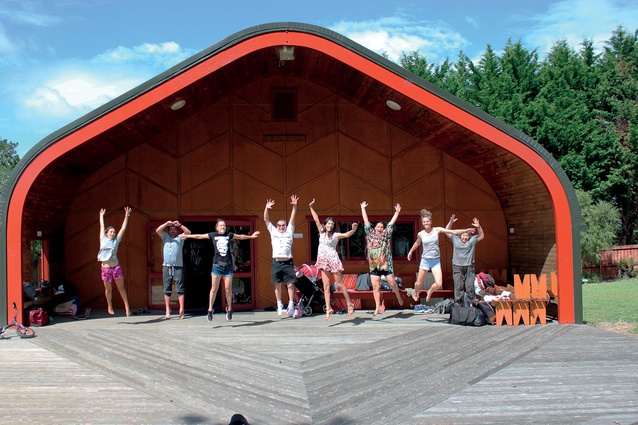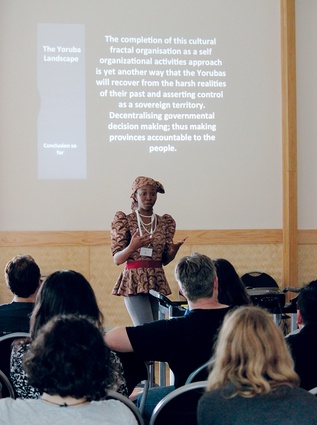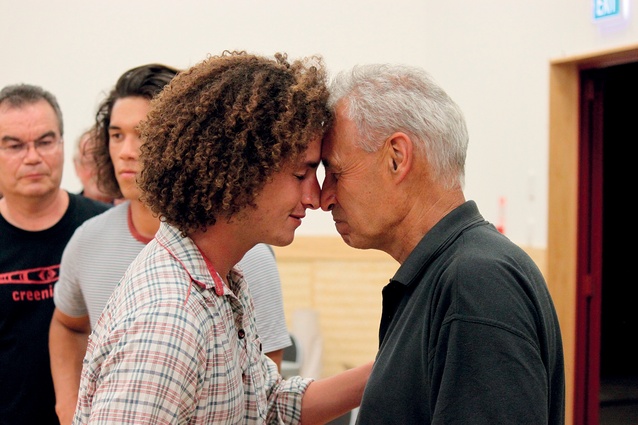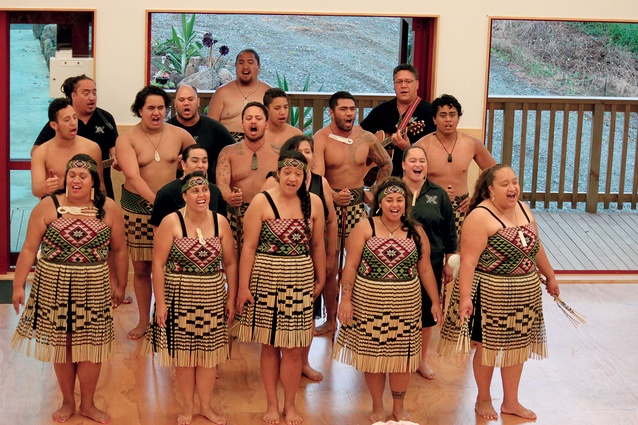I Te Timatanga / the beginning
Haley Hooper recently joined designers from around the world to celebrate and korero about indigenous design at Whakapara Marae in Northland.
Over a four-day period from 26 to 29 February, Ngā Aho (Network for Maori Design Professionals) and Ngāti Hau hosted I Te Timatanga Indigenous Design Conference 2016 at Whakapara Marae, which is situated 30 minutes north of Whangarei.

This was the inauguration of this international event and attracted speakers from around the world with diverse indigenous roots, including Yoruba (Nigeria), Tlicho First Nation, Peguis First Nation and Nisga’a (Canada), Crow (USA), Gunditjmara (Australia) and Maya (El Salvador), as well as speakers from across the lengths of Aotearoa. This forum provided a very valuable platform for the members of indigenous communities to come together and share and discuss their current, past and future projects and aspirations in a Māori environment.
The content that was shared was of an extremely high level, making it very evident the strong sense of pride, cultural identity, integrity and notions of connectedness that was present in all projects and ideas expressed. To be a participant and audience to the wealth of knowledge communicated over these four days could only be described as a privilege.
The hui was experiential of tikanga and indigenous concepts at all levels. Alongside the series of speaking sessions, there was the knock on the wharenui door and the waking at dawn for a karakia, trips to Waitangi and the understanding of historical events, on-site retelling of design evolutions of buildings at Waitangi, recollections of long lines of whakapapa connecting back to Whakapara Marae and whakawhanaungatanga (getting to know one another), stories of Māori heroes, opportunities to listen to the wisdom of kaumatua korero (speaking), kapa haka performances (by Hatea), a walk around the rocky coastline into a kaimoana-gathering afternoon where fish were netted and tuangi (cockles) collected to be later cooked for the closing hakari feast, which was followed by waiata, dancing and much joy of us all being together and celebrating this occasion.
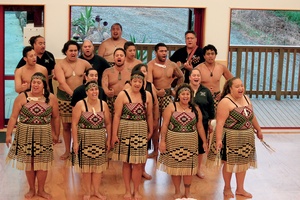
For the international guests especially, this was a great gift of manaaki to be welcomed into Aotearoa in this way, and to spend four days in noho marae (staying on the marae), to feel supported and embraced and very much at home in a foreign land but with a common understanding of the responsibility of people to one another, as one and to land, as one. We also appreciated their contributions brought to us from their various homelands.
Ideas discussed ranged from African fractals − spatial patterns with tangible and intangible values, reweaving cultural aspirations into post-earthquake Ōtautahi (Christchurch), the question of rebuildings cities or rebuilding communities, traditional knowledge in contemporary urban settlements and the need for a wider spread of social sciences integrated into built environment planning processes; how to ‘hurry up slowly’ in Tāmaki Makarau (Auckland); digital design explorations in remote, rural communities; and thinking of seven generations − the three before, the present and the three generations of the future. However, these examples barely scratch the surface of what was communicated during the event.

The hui was made possible by Whakapara Marae, a number of sponsors and a dedicated organising committee headed by Rau Hoskins and Desna Whaanga-Schollum with contributions from many others. For this we acknowledge and thank all those who have fed into making this event exactly what it was. We look forward with anticipation to the next Indigenous Design Conference and, by the nature of it, can be sure that, with the time between now and then, the knowledge and networks will have grown and cemented further into something similar yet different again, and equally as influential.

